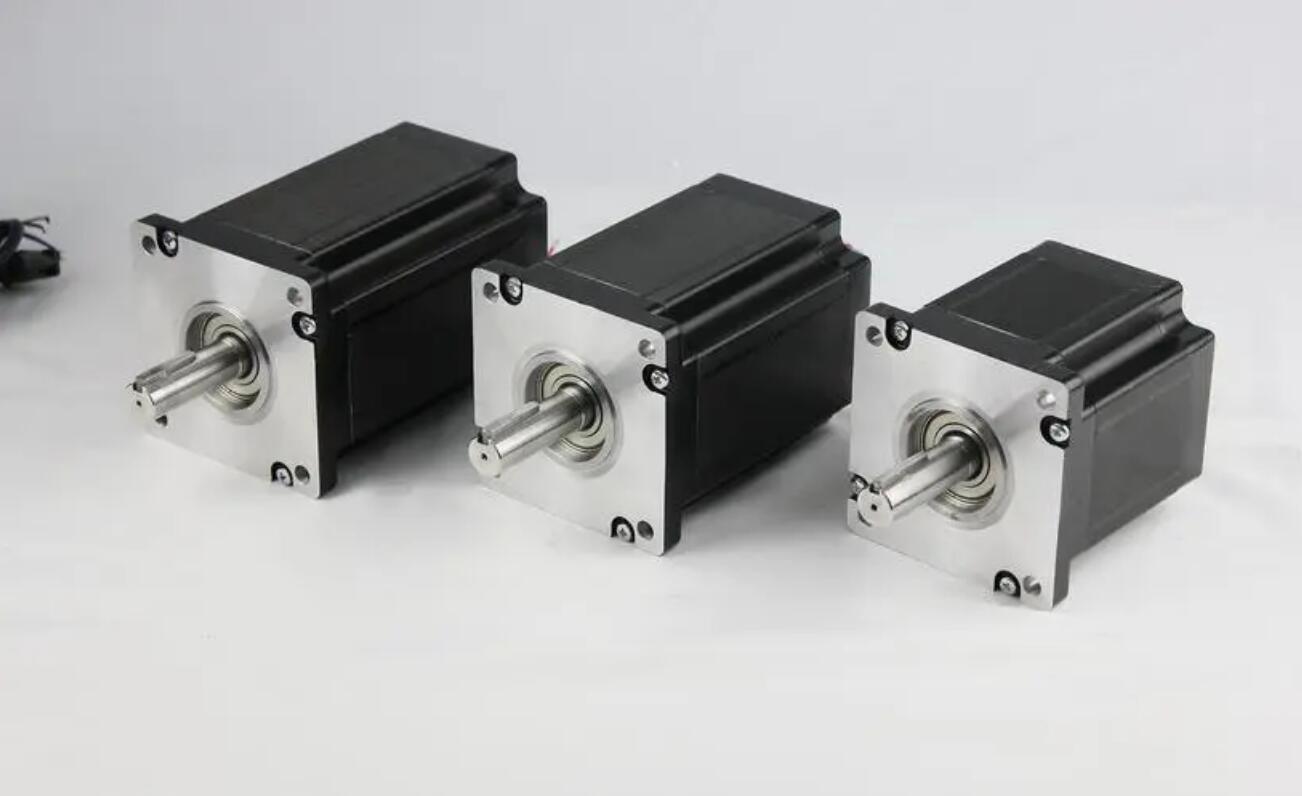News
Cruise Control: Harnessing the Benefits of Stepper Motor Drivers for Enhanced Automobile Stability
TIME:
2024-09-26 10:40
Cruise Control: Harnessing the Benefits of Stepper Motor Drivers for Enhanced Automobile Stability
In the ever-evolving landscape of automotive technology, cruise control systems have become a standard feature that enhances driving convenience and efficiency. One of the most significant advancements in this area is the integration of stepper motor drivers, which significantly enhance the stability and performance of cruise control systems. In this article, we will explore the essential role of stepper motor drivers in modern automobiles and how they contribute to the overall safety and efficiency of cruise control mechanisms.
The Role of Cruise Control in Modern Vehicles
Cruise control is a system that automatically controls the speed of a vehicle. It allows drivers to maintain a steady speed without having to keep their foot on the accelerator. This can lead to improved fuel efficiency and a more relaxed driving experience, especially on long highway trips. However, the functionality and reliability of cruise control systems are highly dependent on the components used, especially the motors that drive them.
Understanding Stepper Motors
Stepper motors are a subtype of DC motors that move in discrete steps, allowing for precise control over position and speed. They are widely used in various applications, including printers, robotics, and of course, automotive systems. The ability of stepper motors to provide accurate positioning makes them ideal for cruise control applications where stability and responsiveness are critical.
Types of Stepper Motors in Automotive Applications
There are several types of stepper motors that can be utilized in automotive systems:
- Permanent Magnet Stepper Motors: These motors use permanent magnets to create a magnetic field, providing high torque at low speeds.
- Variable Reluctance Stepper Motors: These motors rely on changes in the magnetic circuit to operate, making them more efficient for certain applications.
- Hybrid Stepper Motors: Combining features of both permanent magnet and variable reluctance motors, hybrid stepper motors offer high precision and torque.
Benefits of Stepper Motor Drivers in Cruise Control Systems
Integrating stepper motor drivers into cruise control systems offers numerous benefits that enhance vehicle stability and performance. Let's delve deeper into these advantages.
1. Enhanced Precision and Responsiveness
One of the standout features of stepper motors is their ability to provide precise control over speed and positioning. In cruise control systems, this translates to:
- Accurate Speed Maintenance: Stepper motors can adjust the vehicle's speed in real time, ensuring that the desired speed is maintained even in varying conditions, such as hills or turns.
- Smooth Acceleration and Deceleration: With their precise step control, stepper motors enable smooth transitions between speeds, enhancing overall driving comfort.
2. Improved Fuel Efficiency
By maintaining a steady speed with high precision, stepper motor drivers can contribute to better fuel efficiency. Traditional cruise control systems may struggle with maintaining a consistent speed, especially in hilly terrains, leading to unnecessary acceleration and deceleration.
3. Increased Stability and Safety
The stability offered by stepper motor drivers significantly enhances safety. A stable cruise control system means:
- Minimized Driver Fatigue: Drivers can enjoy a more relaxed driving experience without the constant need for manual speed adjustments.
- Consistent Control: The precise control provided by stepper motors helps in maintaining a safe distance from other vehicles, reducing the risk of collisions.
4. Advanced Diagnostics and Monitoring
Modern stepper motor drivers often come equipped with diagnostic capabilities that allow for real-time monitoring of the system's performance. This results in:
- Predictive Maintenance: Identifying potential issues before they become serious problems ensures that the cruise control system remains reliable.
- Enhanced User Feedback: Drivers receive instant feedback on the performance of the cruise control system, enabling them to make informed driving decisions.
The Technical Backing: How Stepper Motor Drivers Work
Understanding the mechanics behind stepper motor drivers reveals why they are such a valuable asset in cruise control systems. Here's a closer look at their operation:
1. Control Signals
Stepper motor drivers receive control signals from the vehicle's onboard computer or cruise control system. These signals dictate how the motor should respond, including speed and direction.
2. Pulse Generation
The driver translates these control signals into electrical pulses that activate the motor. Each pulse corresponds to a specific step, allowing for precise control over the motor's movement.
3. Feedback Loop
Many stepper motor systems incorporate feedback loops that monitor the motor's position and performance. This feedback is crucial for making real-time adjustments, ensuring optimal performance under varying conditions.
Future Trends in Cruise Control Technology
The automotive industry is rapidly evolving, and so is the technology behind cruise control systems. Here are some trends that are shaping the future:
1. Autonomous Driving Integration
As vehicles move closer to full autonomy, the integration of advanced cruise control systems with stepper motor drivers will become even more critical. These systems will need to adapt to real-time data from surrounding environments to ensure safety and efficiency.
2. Enhanced AI and Machine Learning
Artificial intelligence and machine learning will play pivotal roles in the development of smarter cruise control systems. By analyzing vast amounts of data, these systems will adapt to various driving conditions, improving stability and safety.
3. Eco-Friendly Innovations
With a growing focus on sustainability, future cruise control systems will likely focus on energy efficiency. Stepper motor drivers, known for their precise control capabilities, will contribute significantly to achieving this goal.
FAQs about Stepper Motor Drivers and Cruise Control
1. What is a stepper motor driver?
A stepper motor driver is an electronic device that controls the operation of a stepper motor, providing precise control over its speed and position.
2. How do stepper motors improve cruise control?
Stepper motors enhance cruise control by offering precise speed maintenance, smooth acceleration, and real-time responsiveness to changes in driving conditions.
3. Are stepper motors more efficient than traditional motors in cruise control systems?
Yes, stepper motors are often more efficient in cruise control systems, as they maintain a steady speed effectively, leading to improved fuel efficiency.
4. Can stepper motor drivers diagnose issues in cruise control systems?
Yes, many modern stepper motor drivers are equipped with diagnostic capabilities that can detect performance issues in real time.
5. What future advancements can we expect for cruise control technology?
Future advancements may include integration with autonomous driving systems, enhanced AI capabilities, and eco-friendly innovations that focus on energy efficiency.
Conclusion
The integration of stepper motor drivers into cruise control systems represents a significant advancement in automotive technology. By enhancing precision, improving fuel efficiency, and increasing safety, stepper motor drivers play a crucial role in modern vehicles. As we look toward the future, it is clear that these technologies will continue to evolve, offering even greater benefits and opportunities for the automotive industry. Embracing these advancements not only improves driving experiences but also contributes to the broader goals of safety and sustainability in transportation.
Related news


















 Lingtech@163.com
Lingtech@163.com
 0086-13861037909
0086-13861037909
 Message
Message

